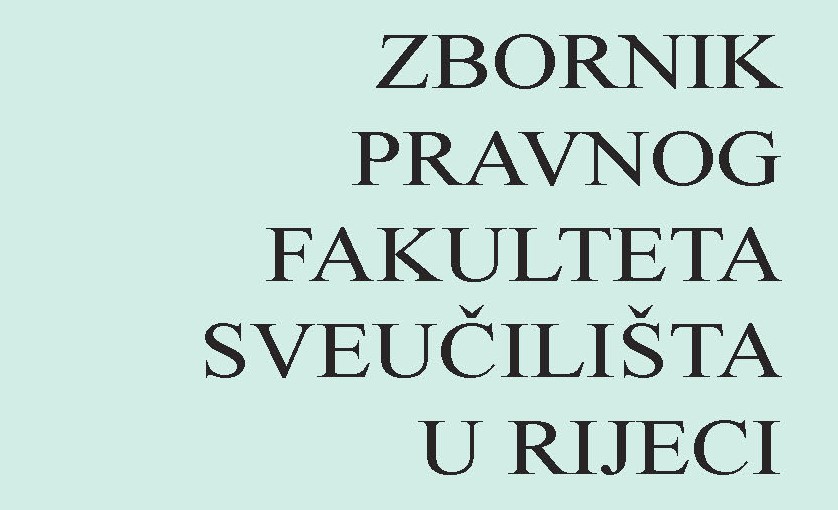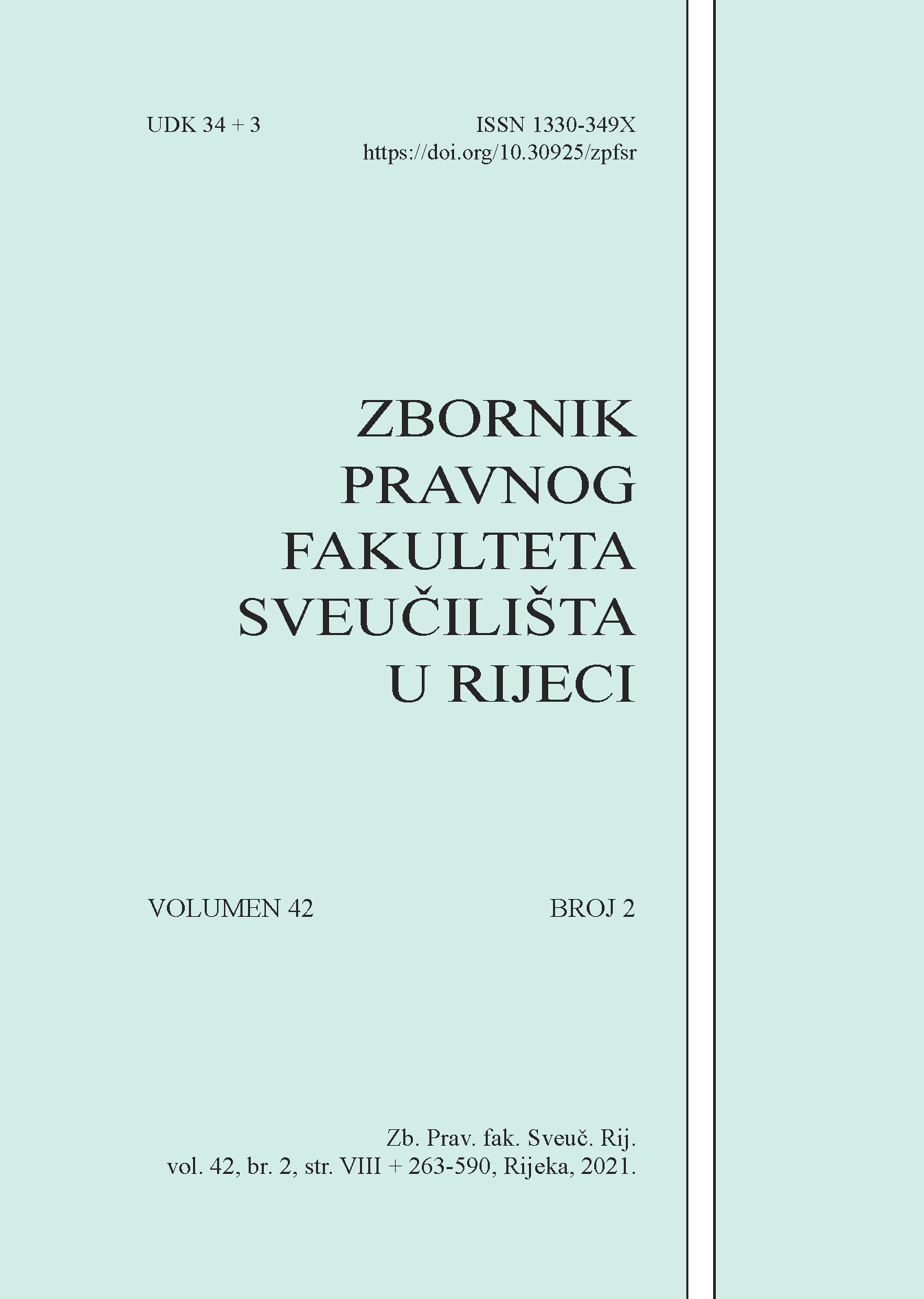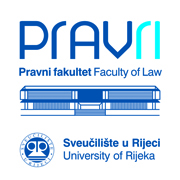POLOŽAJ OŠTEĆENIKA U ADHEZIJSKOM POSTUPKU
DOI:
https://doi.org/10.30925/zpfsr.42.2.11Ključne riječi:
oštećenik, imovinskopravni zahtjev, adhezijski postupak, naknada šteteSažetak
Rad se bavi položajem oštećenika u postupku koji se pokreće prijedlogom za ostvarivanje imovinskopravnog zahtjeva u sklopu kaznenog postupka. Imovinskopravni zahtjev, kao sporedni predmet građanske naravi koji je pridružen kaznenom postupku, naziva se adhezijskim postupkom i predstavlja specifičnu mješavinu kaznenog i građanskog prava. Vođenje toga postupka izraz je načela ekonomičnosti, ali i nastojanja da se izbjegne dvostruko suđenje u istoj stvari. U prvom se redu govori o pojmu i pravnoj prirodi instituta te se u nastavku obrađuju neke njegove bitne značajke i to posebno pitanje subjekata postupka i pretpostavke za njegovo vođenje, u odnosu na procesni položaj oštećenika koji bi i s obzirom na zakonodavno rješenje i praksu hrvatskih sudova trebao biti primjereniji. Zbog toga se autori zalažu da se pri noveliranju kaznenog procesnog zakonodavstva više pažnje posveti oštećeniku i imovinskopravnom zahtjevu koji bi trebalo sustavnije urediti, pritom vodeći računa o njegovim posebnostima. U tom smislu se ukazuje na pojedina sporna pitanja te se predlažu moguća rješenja. Ističe se i da je položaj oštećenika potrebno poboljšati kako bi imao sva prava kao da je svoj zahtjev postavio u parnici.
##submission.additionalFiles##
Objavljeno
Verzije
- 2023-12-15 (2)
- 2022-02-16 (1)
Kako citirati
Broj časopisa
Rubrika
Autorska prava
Copyright (c) 2022 Vanesa Brizić Bahun, Mijo Galiot

Ovaj rad licenciran je pod Creative Commons Attribution-NonCommercial 4.0 International License.
Zbornik Pravnog fakulteta Sveučilišta u Rijeci časopis je u otvorenom pristupu i licenciran je u skladu s Creative Commons Attribution-NonCommercial 4.0 licencom. Sadržaj časopisa u cijelosti je besplatno dostupan. Korisnici smiju čitati, preuzimati, kopirati, distribuirati, tiskati, pretraživati ili stavljati poveznice na materijal te mijenjati, preoblikovati i prerađivati materijal ili ga koristiti na druge zakonite načine, sve dok odgovarajuće citiraju izvornik.
Radove objavljene u časopisu Zbornik Pravnog fakulteta Sveučilišta u Rijeci dopušteno je pohranjivati u institucijske i tematske repozitorije uz osiguravanje poveznica na mrežne stranice časopisa i Hrčka.
Nakon prihvaćanja kategoriziranog rukopisa za objavu u Zborniku, autor smije objaviti isti rukopis u drugom časopisu samo uz suglasnost Uredništva (sekundarna objava). Pri ponovnoj objavi članka, članak mora sadržavati podatak o tome gdje je članak prvi put objavljen.



